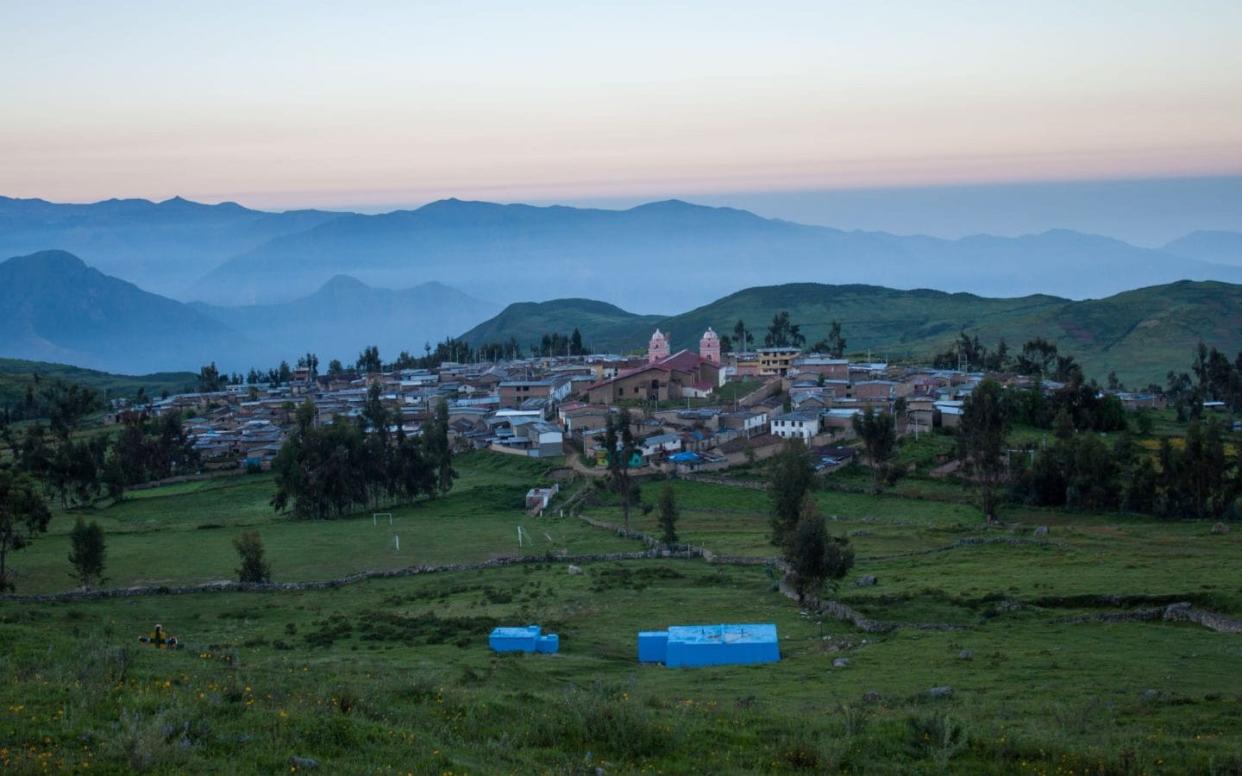Pre-Inca technology could be used to tackle Peru's water shortages, study finds

Pre-Inca technology could be used to boost Peru's dwindling water supplies, a study by Imperial College London has found.
Peru's coastal region, which includes the capital Lima, has one of the world's least stable water resource systems, with the area overwhelmed by rain water in the wet season and in short supply during the dry season.
A combination of climate change and Lima's rapidly growing population has exacerbated the problem, meaning the city struggles to supply water to its 12 million residents from May to October.
However, researchers from Imperial College and South America's Regional Initiative for Hydrological Monitoring of Andean Ecosystem have revealed that the country's ancient water systems could provide a solution.
The study, published in the journal Nature Sustainability, is the first to examine the systems in such detail in the hope of finding answers to an urgent problem.

The researchers studied one of the last surviving systems of its kinda, in Peru's Huamantanga district.
The system, which dates back more than 1,400 years, works by siphoning off water into mountainside canals and ponds during the wet season to conserve it for the dry season.
The ancient irrigation system diverts excess rain water through a network of canals and ponds, resurfacing down stream just as the dry season begins.
Imperial College said its researchers found that the water took between two weeks and eight months to re-emerge, with an average time of 45 days.
They estimate that increasing the use of the systems could increase the water available in the dry season by up to 33 per cent in the early months, and an average of 7.5 per cent for the remaining months.
The study's lead author, Dr Boris Ochoa-Tocachi, said: “With the advent of modern science, you’d be forgiven for wondering how ancient methods could apply to modern day problems. However, it turns out that we have lots to learn from our ancestors’ creative problem-solving skills.
“This fascinating example of ingenuity within local communities shows the enormous potential of indigenous knowledge to complement modern science."

 Yahoo News
Yahoo News 
